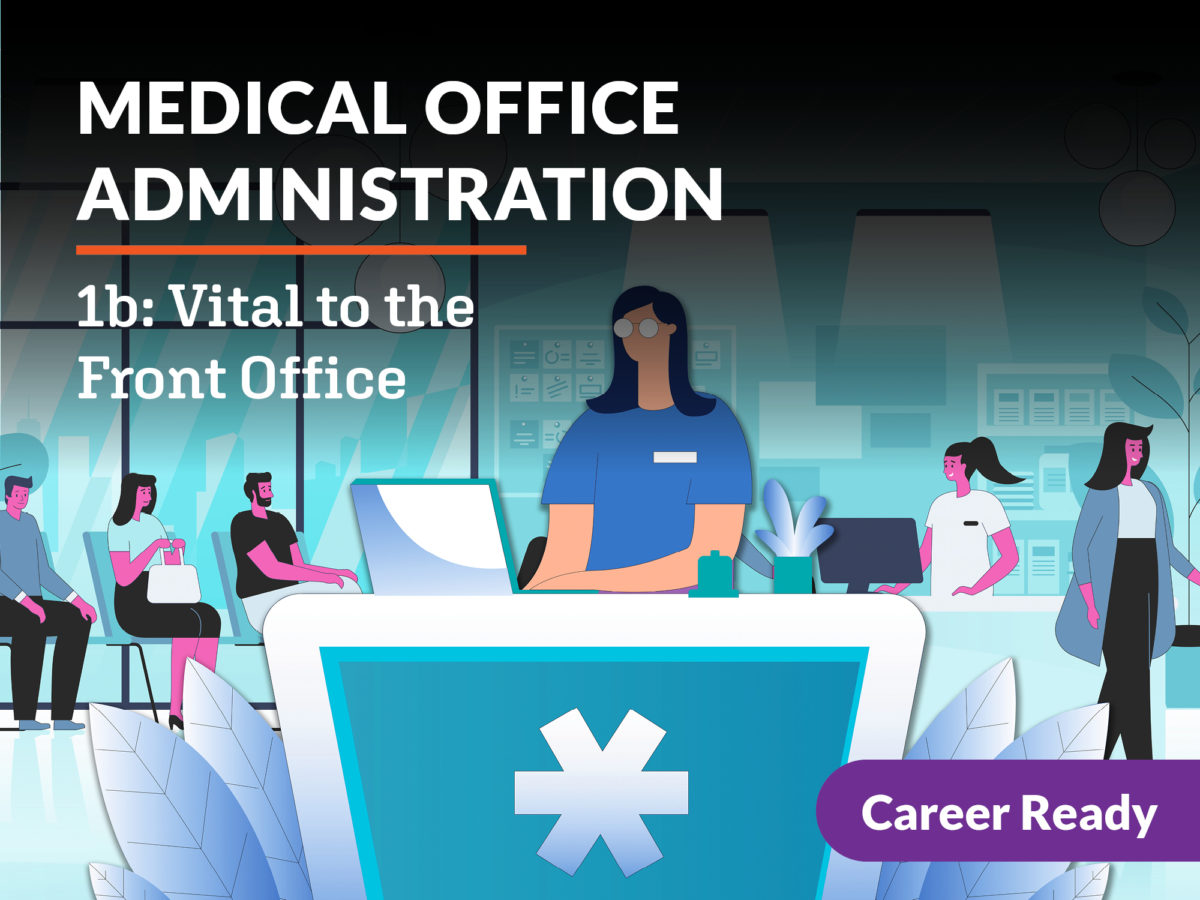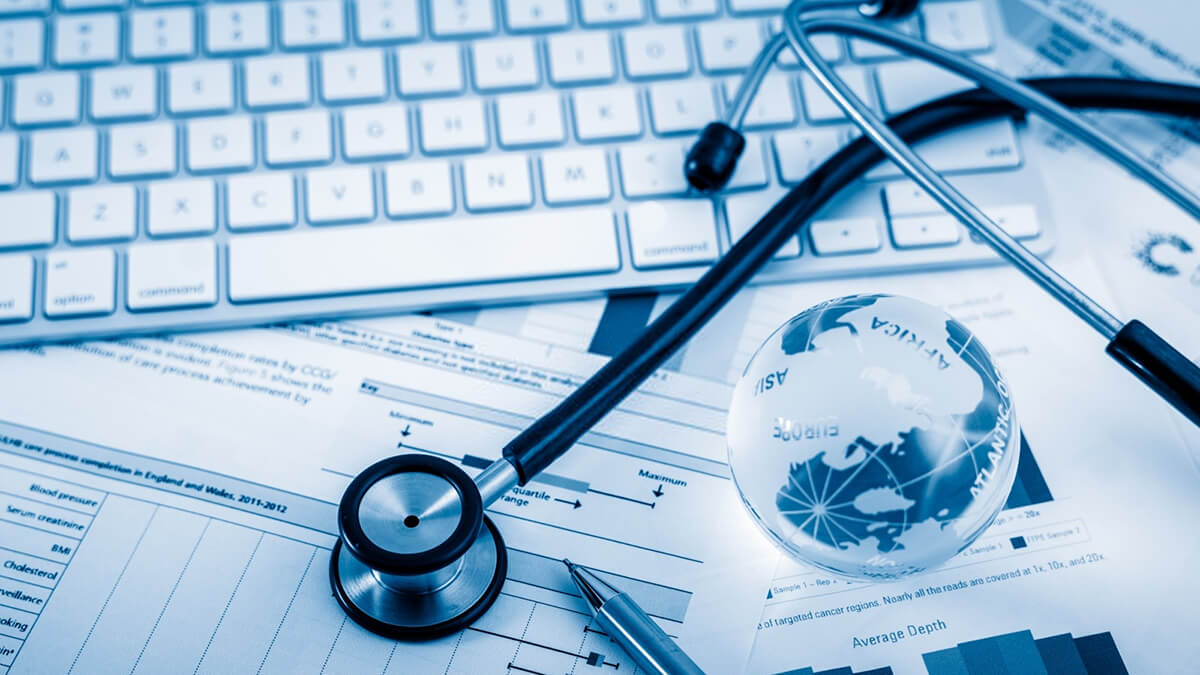Ideal Practices in Medical Management for Improving Efficiency and Minimizing Costs
In the ever-evolving landscape of medical care, the quest of ideal methods in medical management is critical for improving performance and suppressing expenses. By integrating innovative technologies such as electronic health and wellness documents and telemedicine, health care carriers can improve procedures and improve person care. Nevertheless, innovation alone is not a cure all; enhancing resource allowance and promoting collective interaction amongst care groups are equally vital (medical administration). As organizations aim to stabilize high quality and price, what strategies should be prioritized to accomplish these dual objectives? The response to these inquiries hold the key to a much more sustainable medical care system.
Leveraging Advanced Innovation
In today's swiftly developing healthcare landscape, leveraging advanced technology is no more optional however vital for reliable medical management. The assimilation of digital remedies into medical care systems has changed the method facilities run, streamlining procedures and enhancing person care. Electronic Health And Wellness Records (EHRs) are critical, providing thorough client information that can be accessed promptly by licensed workers, hence decreasing redundancy and lessening mistakes. By streamlining patient details, EHRs get rid of the requirement for difficult documentation and facilitate seamless communication among doctor.
Telemedicine is another technical improvement that has actually reinvented person communication. It supplies convenience for both patients and medical care experts by enabling remote appointments, which can decrease the need for in-person brows through and maximize visit scheduling. In addition, telehealth systems can expand healthcare access to country or underserved areas, connecting voids in care shipment.
Additionally, the use of Artificial Knowledge (AI) and machine knowing is becoming significantly widespread in predictive analytics, enabling early detection of possible health concerns and even more enlightened decision-making. These innovations, when incorporated efficiently, can boost analysis precision and personalize individual therapy strategies, inevitably causing boosted health care outcomes and operational efficiency.
Optimizing Resource Appropriation
By strategically taking care of resources such as workers, devices, and financial resources, medical care facilities can considerably boost their functional efficiency, improve person results, and reduce unnecessary expenses. The very first action in enhancing resource appropriation entails conducting a comprehensive analysis of existing possessions and identifying locations where sources may be underutilized or overextended.
Focusing on source allotment based on person requirements and solution demands is necessary. Implementing versatile staffing versions can also enhance labor resources by changing employees appropriation in reaction to changing patient volumes.
Economic resources ought to be diligently kept track of and designated with strategic foresight to sustain both temporary functional needs and long-lasting institutional objectives. This consists of investing in training programs that enhance personnel expertises and adopting energy-efficient methods that minimize functional costs (medical administration). Ultimately, an enhanced source allowance strategy cultivates a lasting healthcare atmosphere that is responsive, effective, and economically sensible
Streamlining Operations Procedures
When medical care centers purpose to improve operational efficiency, streamlining workflow processes ends up being an essential emphasis. Effective process lessen redundancy, get rid of unneeded steps, and enhance coordination among healthcare professionals. This approach not only increases solution shipment however likewise enhances the quality of client care.

Following, innovation assimilation plays a considerable role in enhancing workflows. Executing digital health documents (EHRs) and computerized doctor order access (CPOE) systems minimizes paperwork, decreases human error, and makes certain info is accessible to all appropriate personnel. In addition, leveraging telemedicine platforms can simplify patient appointments and follow-ups, decreasing the pressure on physical infrastructure.

Ultimately, streamlined workflows lead to cost reductions and improved client complete satisfaction, promoting a much more sustainable health care atmosphere.
Enhancing Data Administration
Building upon streamlined workflows, optimizing data monitoring comes to be an essential part in progressing medical care administration. Reliable information management systems are critical for maintaining accurate patient records, improving decision-making, and guaranteeing compliance with regulative criteria. By carrying out durable information monitoring remedies, medical care facilities can enhance the quality of patient treatment while simultaneously lowering operational costs.
One trick element of this article enhancing information administration is the integration of innovative electronic health document (EHR) systems. These systems help with the smooth exchange of individual information throughout different divisions, decreasing replication of tests and minimizing mistakes. A well-designed EHR system sustains information analytics, allowing doctor to determine trends and make notified decisions relating to patient treatment.
Moreover, guarding patient information is paramount. Embracing comprehensive cybersecurity steps, consisting of encryption and routine audits, ensures the stability and discretion of sensitive details. This not only safeguards people but likewise keeps the institution's track record.
Buying staff training is one more critical element. Informing medical care professionals on data administration techniques boosts their ability to efficiently make use of technology, resulting in enhanced individual end results. To conclude, improving information monitoring through sophisticated innovation and thorough training is important for accomplishing performance and expense decrease in clinical management.
Fostering Collaborative Interaction
An essential part in progressing clinical management is cultivating joint interaction amongst medical care specialists. Reliable interaction is extremely important for ensuring smooth patient treatment, maximizing therapy results, and decreasing mistakes. By urging open discussion and sychronisation across multidisciplinary teams, healthcare organizations can enhance their functional efficiency and minimize unneeded prices.
Central to this strategy is the assimilation of communication innovations such as digital have a peek here health and wellness records (EHRs) and secure messaging systems, which assist in the fast exchange of important client information. These devices allow doctor to accessibility and share information in genuine time, ensuring that all staff member are informed and straightened in their decision-making procedures. Moreover, normal team meetings and interdisciplinary rounds can better promote a culture of cooperation and responsibility.
Educating programs focused on improving interaction abilities are likewise crucial. Ultimately, cultivating collective interaction leads to improved health care shipment and price financial savings.

Verdict
Incorporating sophisticated modern technology, such as electronic health and wellness documents and telemedicine, together with maximized resource allotment and structured process procedures, is essential for boosting efficiency in medical administration. Effective data administration and cultivating collaborative communication among health care teams are essential for minimizing redundancies and boosting treatment top quality. By focusing on precautionary care and participating in high quality improvement initiatives, medical care companies can attain substantial expense savings and improved client outcomes, thereby guaranteeing sustainable healthcare delivery in an increasingly complex setting.